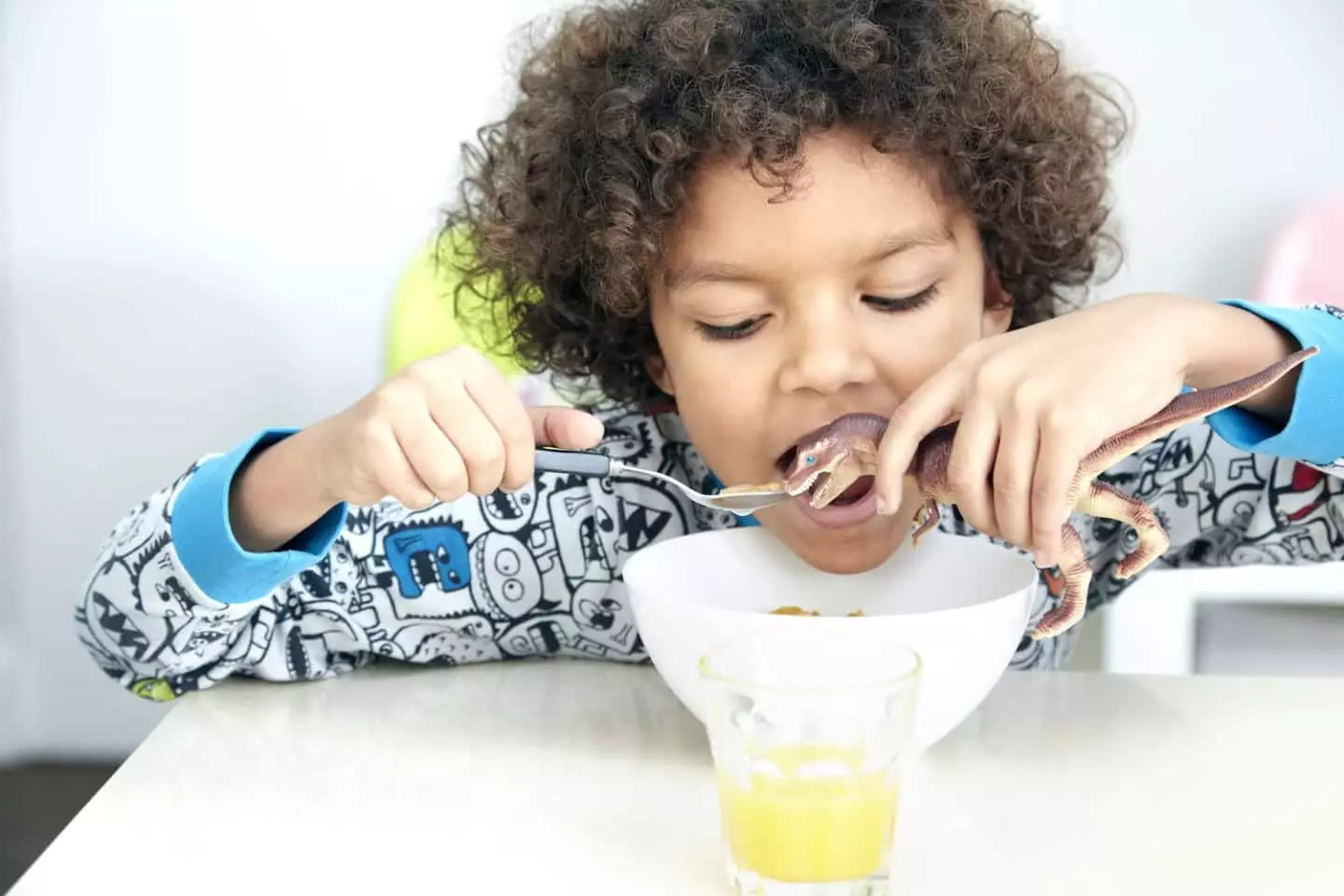The safety of what we consume has become a pressing concern for many families, especially as recent news has highlighted various food safety issues. From alarming food recalls over potential contamination to the usage of controversial agricultural chemicals, the question of what is truly safe to eat is more relevant than ever. Amid this backdrop, breakfast cereals—a staple in many households—have come under scrutiny, particularly regarding the presence of glyphosate, a widely-used herbicide associated with questionable health risks.
With heightened public interest, organizations like the American Academy of Pediatrics have called for stricter food regulations. The cacophony of reports surrounding Salmonella outbreaks has only fueled parental anxiety. However, as the focus of public health shifts to breakfast cereals, the primary concern now revolves around glyphosate, an active ingredient in the herbicide Roundup produced by Monsanto. It is critical to understand why this chemical has become a topic of discussion and what it could mean for consumer safety.
In a recent study commissioned by the Environmental Working Group (EWG), an independent lab tested multiple breakfast cereal products for glyphosate contamination. The results were compelling, revealing that a staggering 69% of sampled products contained glyphosate levels exceeding what EWG defines as a safety benchmark—160 parts per billion. This statistic is alarming, especially considering that California’s Office of Environmental Health Hazard Assessment has labeled glyphosate as a potential carcinogen.
Despite these findings, it is essential to contextualize them against a backdrop of differing regulatory viewpoints. While the EWG raises significant concerns about public health, other organizations—including the Environmental Protection Agency (EPA)—argue that the levels found are within safe consumption limits. As it stands, the EPA’s threshold is significantly more lenient, set at 30 parts per million, a stark contrast to the EWG’s position.
Experts worldwide have weighed in on the glyphosate debate, often providing conflicting assessments of its safety. The World Health Organization’s International Agency for Research on Cancer deemed glyphosate a “probable carcinogen,” while numerous national and international bodies have not identified it as a human health hazard. Such inconsistencies serve to deepen public confusion and concern, as consumers are left navigating a fog of scientific opinions rather than clear guidance.
Additionally, major cereal manufacturers, including Quaker, General Mills, and Kellogg’s, have vigorously defended the safety of their products. Their statements emphasize adherence to the EPA’s safety standards and assert that any glyphosate residue found is negligible and does not pose a risk to health. These corporate reassurances appear to be at odds with the concerns raised by the EWG, stirring up public distrust in the food industry.
Given the complexities surrounding glyphosate and its potential health implications, many parents are understandably anxious about what their children eat. The findings by the EWG serve as a wake-up call for those already worried about food safety. Parents who wish to mitigate any risks can gravitate toward organic options. These products, including oat-based cereals, are generally free from glyphosate or contain minimal traces that do not exceed the EWG’s safety benchmarks.
Yet, why should parents have to bear the burden of navigating such concerns? As the EWG’s President, Ken Cook, aptly articulated in his response to the cereal companies, it would be prudent for these brands to reassess their agricultural practices. Specifically, Cook called upon companies to urge their oat farmers to eliminate the use of glyphosate as a desiccant before harvest. This action could play a vital role in restoring consumer trust and ensuring a safer food supply.
As the conversation around glyphosate continues to evolve, it becomes increasingly apparent that there is no monolithic perspective on the issue. The ongoing debate among scientists, regulatory bodies, manufacturers, and consumer advocacy groups illustrates a fragmented landscape of food safety. For families trying to make informed choices, the best path forward is to demand transparency, support independent research, and prioritize products that align with their concerns.
Ultimately, as consumers, it is our responsibility to stay informed and advocate for safety and transparency in the food we feed our families. By making conscious choices and voicing our concerns, we can create a ripple effect that encourages positive changes within the food industry. The glyphosate controversy serves not just as a cautionary tale but also as an impetus for action in the pursuit of safer, healthier food options for all.

